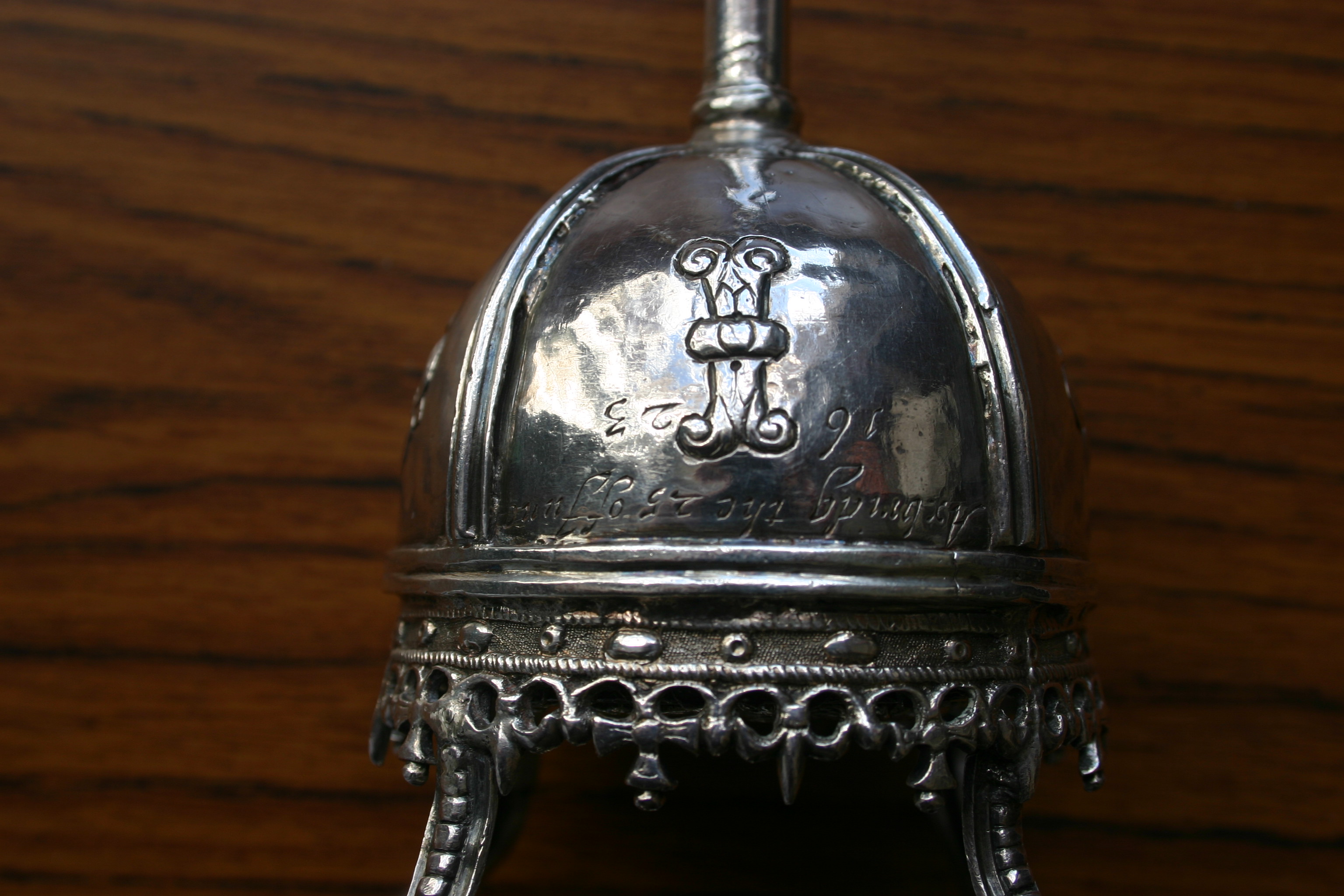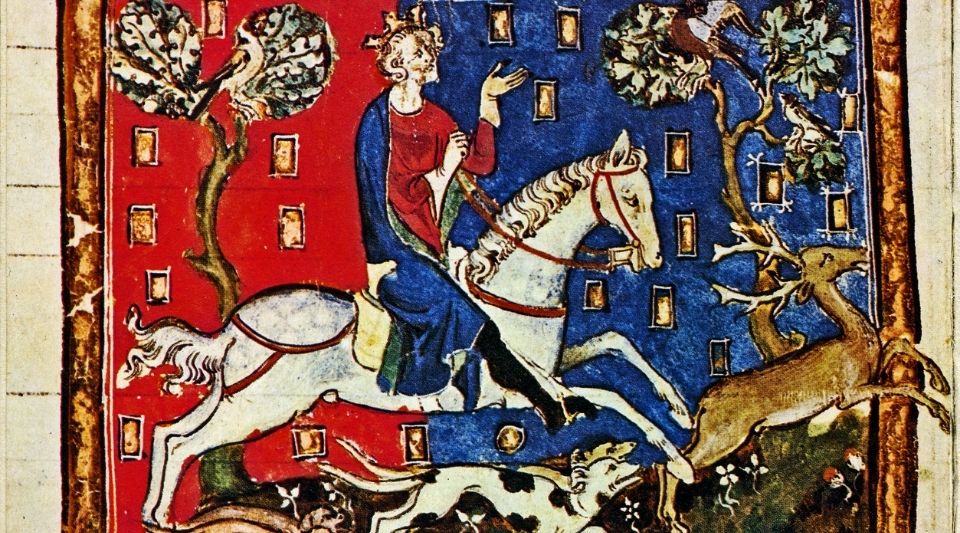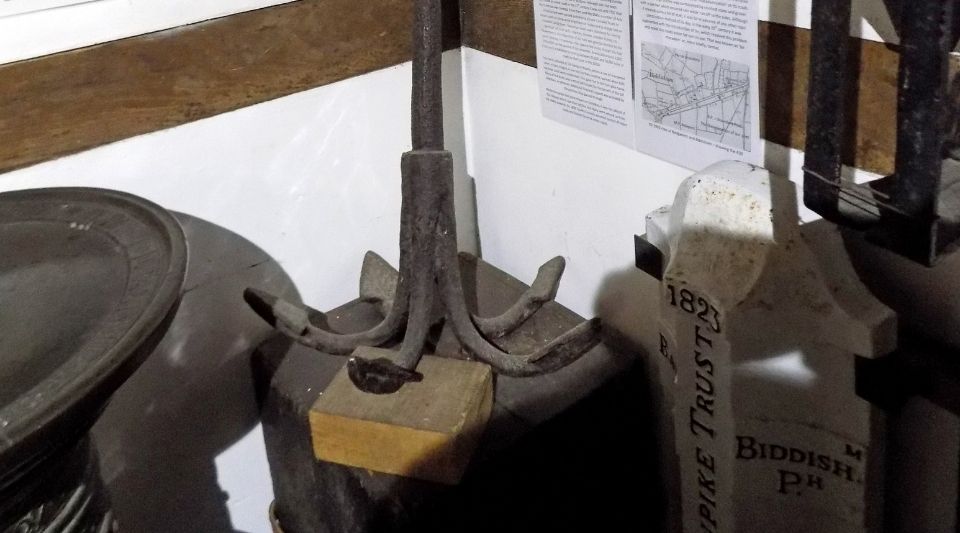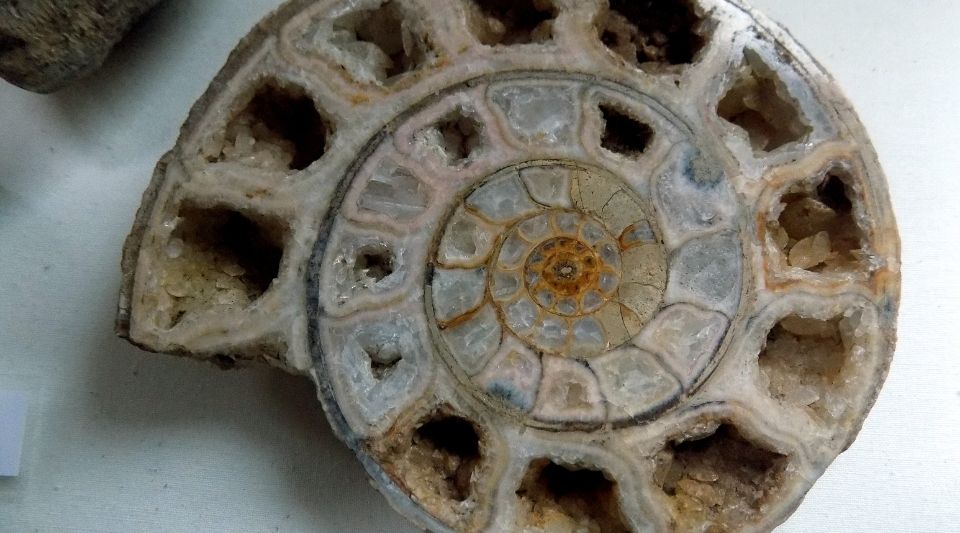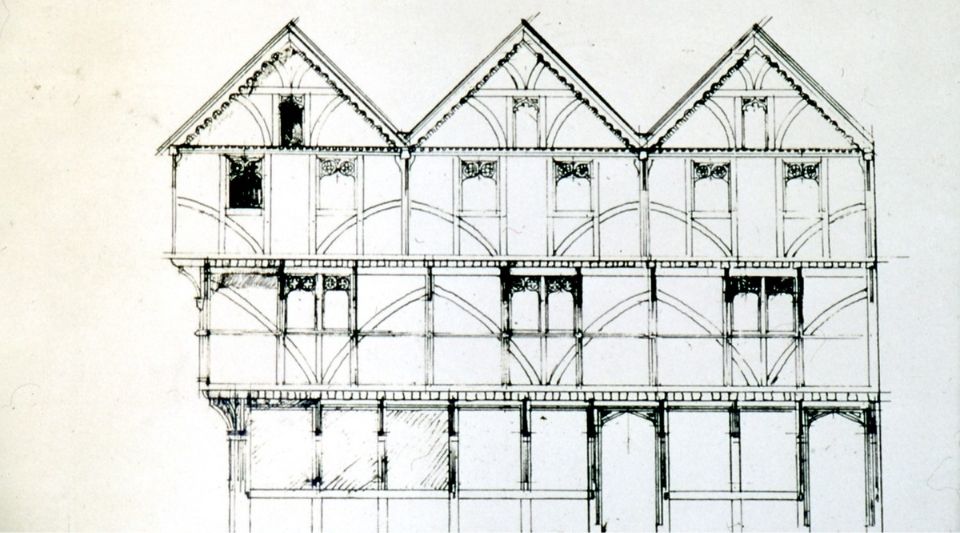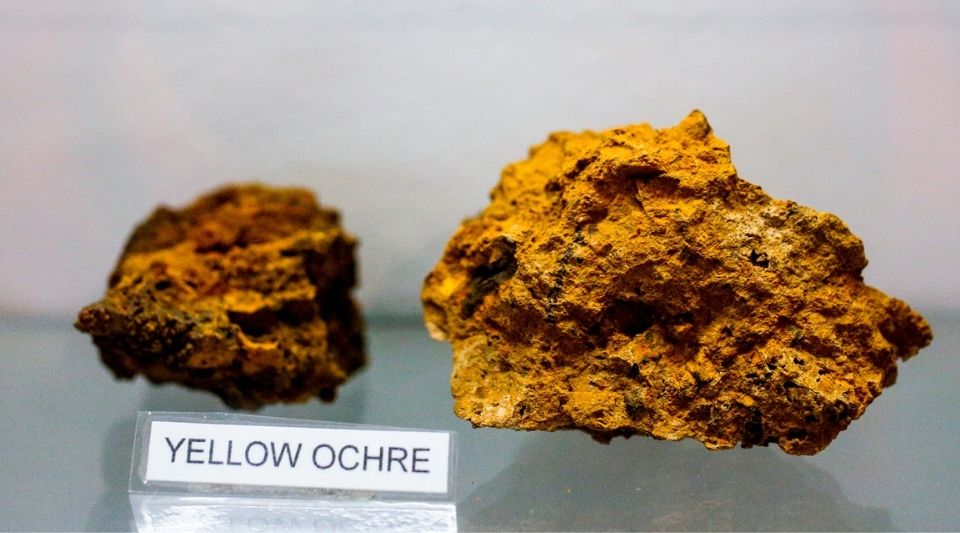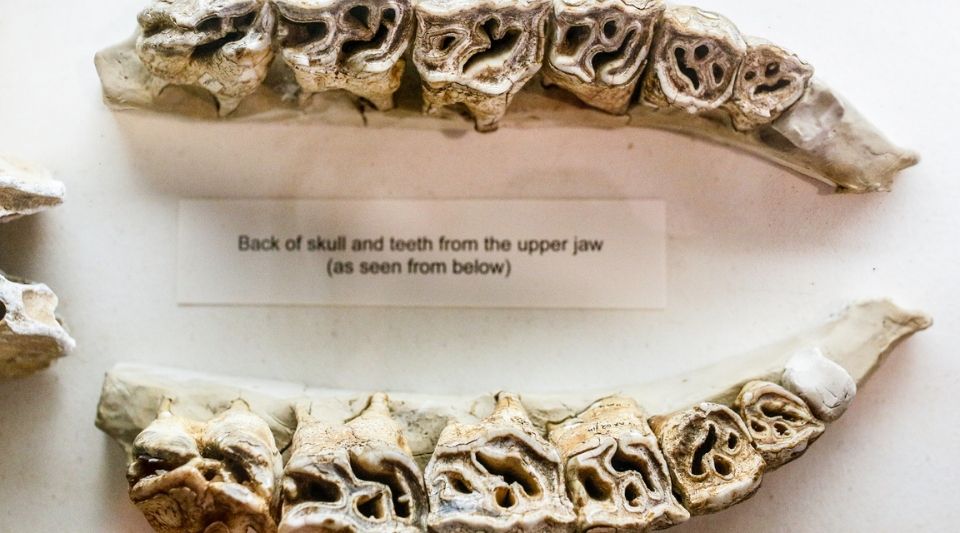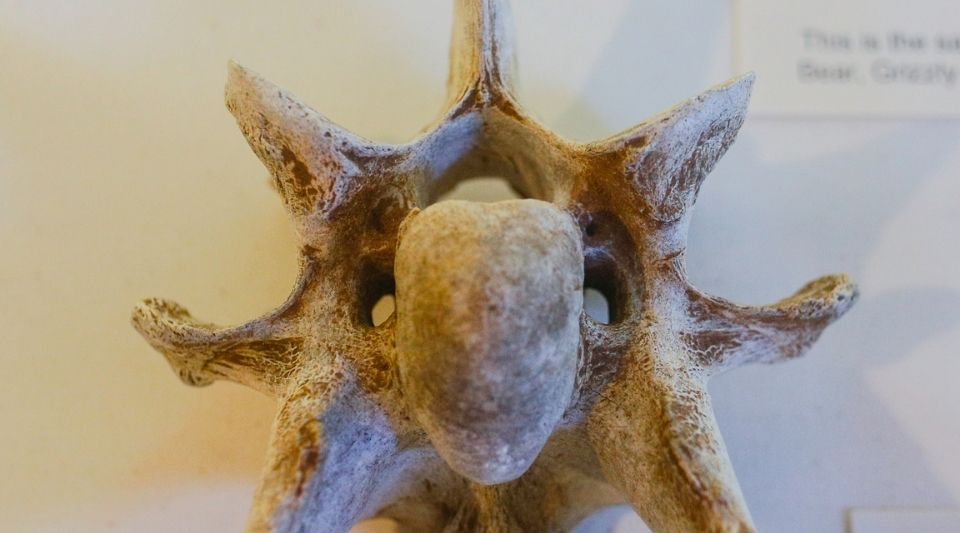The Axbridge Maces
On June 25th 1623 Axbridge acquired its third royal charter of incorporation. The reasons why Axbridge needed a third charter involved a number of omissions, clarifications and additional powers, some of which are of particular interest. For instance, one serious omission from earlier charters was the right to have maces. Two were granted, with the Bailiff parading one and a new officer, the Sergeant-at-Arms, parading the other. Now, after 400 years of use, they are becoming too fragile to use in parades, so the maces are being displayed in King John's Hunting Lodge Museum. Although they are only silver gilt, they are well designed and built and are rather rare, as most maces were destroyed by Oliver Cromwell during the Commonwealth period because they were symbols representing royal approval. Also visit the exhibition to find out what the people of West Street were up to, such that an interesting extension of power was approved in the charter to assist the governance of the town.
The Axbridge Nail

Thomas Pennington was a famous bellfounder from Exeter, in Devon, where several generations of the family were active as bell founders between 1618 and 1763. Thomas was the first, working between 1618 and the 1660s, so this is one of his earlier castings. The linked fleur-de-lys frieze is his personal trade mark. The nail also has the Lamb of Axbridge in the centre and the legend 'Burgesses de Axbridge' around the edge.
 Surprisingly few nails remain in existence and those which do use differing materials. Axbridge has a nail made of bronze on a stone base. Bristol has four nails made entirely of bronze. Limerick (Ireland) also has a bronze nail but with a circular plate of copper. Liverpool has a copper nail. Barnstaple has a stone nail(also known as a tombe stone). Surprisingly, the Axbridge nail appears to be the only one found today outside of a port, although there is a later stone one in the market at Bath dating from the 1770s. To pay on the nail, means to make a prompt cash payment. The nail was used for commercial transactions involving buying and selling at weekly markets and for larger transactions at annual fairs. The Axbridge nail is designed to make it for use. The gently sloping surface of the nail enables the coins to be shuffled downwards as they are counted, but the raised rim stops them from falling off.
As it stood in the open air it also facilitated detection of clipped, counterfeit or foreign coins, which may have escaped unnoticed in the dim, ill-lit interiors of the surrounding shop premises.
Surprisingly few nails remain in existence and those which do use differing materials. Axbridge has a nail made of bronze on a stone base. Bristol has four nails made entirely of bronze. Limerick (Ireland) also has a bronze nail but with a circular plate of copper. Liverpool has a copper nail. Barnstaple has a stone nail(also known as a tombe stone). Surprisingly, the Axbridge nail appears to be the only one found today outside of a port, although there is a later stone one in the market at Bath dating from the 1770s. To pay on the nail, means to make a prompt cash payment. The nail was used for commercial transactions involving buying and selling at weekly markets and for larger transactions at annual fairs. The Axbridge nail is designed to make it for use. The gently sloping surface of the nail enables the coins to be shuffled downwards as they are counted, but the raised rim stops them from falling off.
As it stood in the open air it also facilitated detection of clipped, counterfeit or foreign coins, which may have escaped unnoticed in the dim, ill-lit interiors of the surrounding shop premises.
Seven-shilling piece
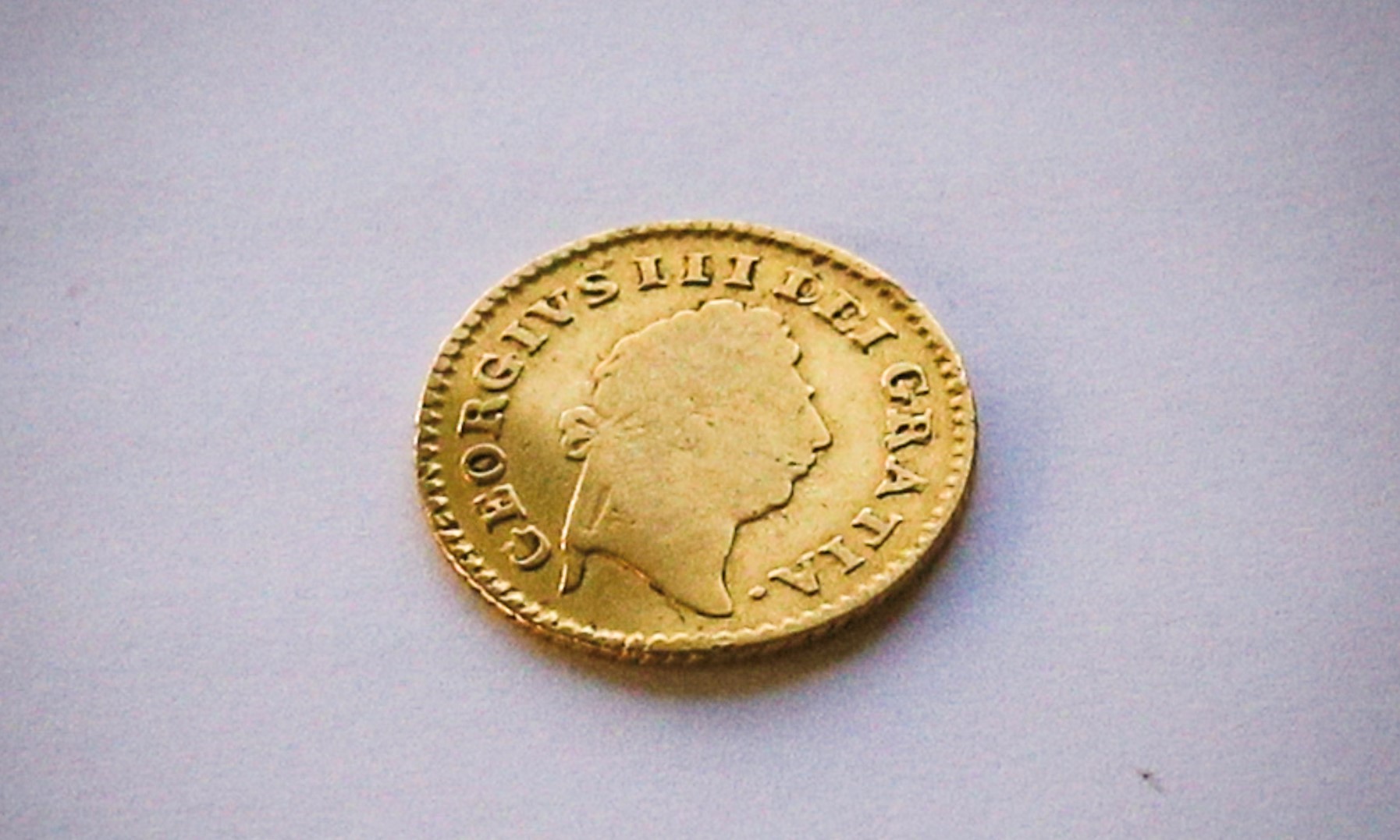 The seven-shilling coin/piece. This unusual coin, minted in 1800, was known as a 'third guinea', which means that it was valued at seven shillings (35 pence, today). When it was introduced in 1797, during the French Revolutionary wars, the financial situation at the Bank of England was precarious: gold was in short supply and banknotes were given legal tender status in any amount. In order to pay the Bank's dividends it was decided to produce what at the time was known as seven-shilling pieces, with odd amounts of the dividend being paid in silver coins. A total of £315,000 worth of coins was authorised in October 1797. The denomination was struck each year until 1813, with the exception of 1805, 1807, and 1812. Between 1800 and 1812 third and half guineas were the only gold coins issued. The coin weighed 2.8 grams and was 17 millimetres in diameter with a milled edge. The design of the reverse changed in 1801 following the union of the parliaments of Great Britain and Ireland, when simultaneously the king relinquished his claim to the French throne.
The seven-shilling coin/piece. This unusual coin, minted in 1800, was known as a 'third guinea', which means that it was valued at seven shillings (35 pence, today). When it was introduced in 1797, during the French Revolutionary wars, the financial situation at the Bank of England was precarious: gold was in short supply and banknotes were given legal tender status in any amount. In order to pay the Bank's dividends it was decided to produce what at the time was known as seven-shilling pieces, with odd amounts of the dividend being paid in silver coins. A total of £315,000 worth of coins was authorised in October 1797. The denomination was struck each year until 1813, with the exception of 1805, 1807, and 1812. Between 1800 and 1812 third and half guineas were the only gold coins issued. The coin weighed 2.8 grams and was 17 millimetres in diameter with a milled edge. The design of the reverse changed in 1801 following the union of the parliaments of Great Britain and Ireland, when simultaneously the king relinquished his claim to the French throne.
 A third guinea, or... The seven-shilling coin/piece. A guinea was worth £1..1s..0d (£1.05, today). This unusual coin, minted in 1800, was known as a 'third guinea' (35 pence).No guinea coins and few half-guinea coins were minted at this time. as gold was in short supply during the Napoleonic War period. The third guinea was only minted during the reign of a single monarch, George III. It was introduced in 1797. In 1801, the king relinquished the British claim to the French throne, so changes were made in the coin's lettering. This coin was produced in the last year in which coins displayed 'MAG BRI FR ET HIB REX' (Great Britain, France and Ireland King). Our thanks to Les Stanley, who discovered the coin in a field in Axbridge.
A third guinea, or... The seven-shilling coin/piece. A guinea was worth £1..1s..0d (£1.05, today). This unusual coin, minted in 1800, was known as a 'third guinea' (35 pence).No guinea coins and few half-guinea coins were minted at this time. as gold was in short supply during the Napoleonic War period. The third guinea was only minted during the reign of a single monarch, George III. It was introduced in 1797. In 1801, the king relinquished the British claim to the French throne, so changes were made in the coin's lettering. This coin was produced in the last year in which coins displayed 'MAG BRI FR ET HIB REX' (Great Britain, France and Ireland King). Our thanks to Les Stanley, who discovered the coin in a field in Axbridge.
15th Century Guild Hall window
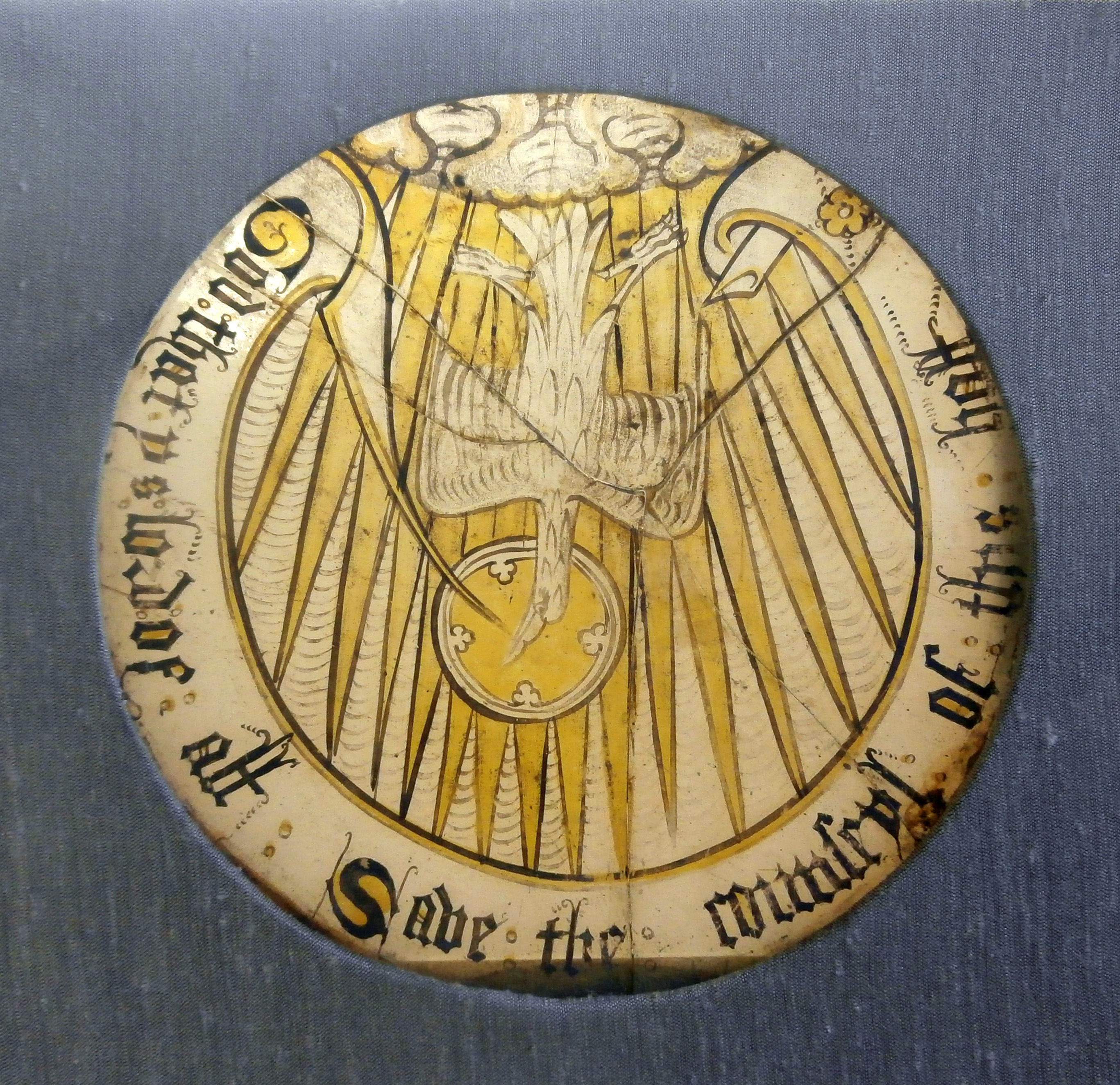 When Axbridge built a new Town Hall, this window was removed from the old Guild Hall. Its design is based on a text from Matthew 3:16/17.
When Axbridge built a new Town Hall, this window was removed from the old Guild Hall. Its design is based on a text from Matthew 3:16/17.
"And Jesus, when he was baptised, went up straightway out of the water; and, lo, the heavens were opened unto him, and he saw the Spirit of God descending like a dove, and lighting upon him.
And a voice from heaven saying, "This is my beloved Son, in whom I am well pleased."
The dove is saying, "God that ys lord of all Save the counscyl of this hall." Though medieval councils may have believed God was well pleased with them, they often actually needed quite a bit of saving!
Research has revealed a lot about the symbolism within the picture.
The King's Head
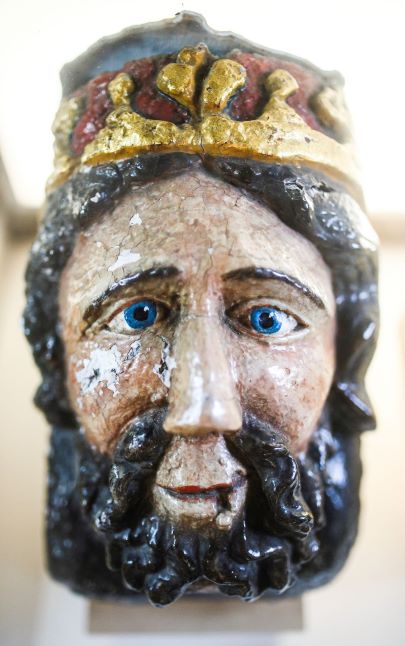 The carved king's head found in the museum probably dates back to the 1600s and is thought to have served as the inn-sign for 'The King's Head' tavern.
The carved king's head found in the museum probably dates back to the 1600s and is thought to have served as the inn-sign for 'The King's Head' tavern.
